GWA Newsletter: July
Chloe Aridjis on Leonora Carrington; Cat Bohannon on the female body; Art and activism; and all the art you need to see, read, and listen to this month!
Dear readers, July is upon us. England are in the semis, and, finally, we have a new government. There are also a ton of great shows to see and books and articles to read (scroll on). But first, a few updates!
The Great Women Artists Podcast:
Season 11 of the GWA Podcast is in full swing. Novelist Chloe Aridjis spoke to me about her friend, Leonora Carrington, who she visited for tea every Sunday as a teen in Mexico City! She shared some of these incredible memories:
“I remember her saying that she sometimes felt like a repository of ancient knowledge. But a knowledge past on by women. Mythology ran in her veins, but she never adhered to one particular belief, but I think so much myth and mysticism and spirituality were coursing through her all the time…” Listen here.
Don’t miss: Aridjis’s ‘Leonora Carrington A–Z’ in the LRB.
Sam Taylor-Johnson:
Off the back of her recent film Back to Black, I spoke to artist and Director, Sam Taylor-Johnson about her life and practice. She told me about how 1990s London shaped her:
“It was such an important moment. It’s interesting to look back on it and just think ‘YBAs’ and sort of think about what that was. But what it really was, was empowering in a sense that, as an artist, you didn’t have to sit and wait to be discovered. You could actually get up, go out, and say ‘this is me’ and I’m going to take over empty space that’s not being rented and I’m going to put on an exhibition of me and my friends and we’ll just invite everyone to come. Taking that power back from waiting, was really important.”
Ithell Colquhoun:
I spoke to Dr. Amy Hale about the extraordinary life and work of British artist and surrealist Ithell Colquhoun (1906–1988). I asked her what drew women artists to esoteric and occult art:
“If you look at the role of women in spiritualism, which generated a lot of what we now considering the first experiments in abstraction. Women were very involved in spiritualism as a movement, from the mid nineteenth century. A lot of this was because there was a perception that women were less ration, that women were more emotional, and therefore closer to the spirit world…”
Listen. For those in London, don’t miss Ben Hunter Gallery’s beautiful show of Colquhoun works! On view until 26 July.
Cat Bohannon on the female body:
Artist, researcher, and author of Eve – How the Female Body Drove 200 Million Years of Human Evolution, Cat Bohannon spoke to me about the female body, eradicating women from medical data (and its longterm effects), and the constant blindspot of reproduction by women in art (so interesting):
“We have no choice but to live in these bodies, and so to find out that the entire mass of very authoritative knowledge about bodies in general has this massive sex knowledge gap, that we barely, are just, finally starting to learn how female bodies work. When they're different, whether that’s important, how it actually shapes our health. How it even makes us understand what we are, because what we are is based on where we came from, and that’s the truth whether you’re in the arts or in the sciences…” Listen here.
In The Guardian
Earlier this month, I wrote my column on arts funding. I looked at Roosevelt’s New Deal of the 1930s, which paid artists like Alice Neel and Lee Krasner a weekly salary – and a lifeline during a time of crisis:
“Crucially, the government-funded scheme paid artists equally, regardless of gender or race. Perhaps this was the only time in the entire course of western art history that artists of different genders were valued the same, monetarily anyway. A vast difference to today: on average a woman’s work is sold for a 10th of the price of a man’s.” Read on.
In another, I wrote about women, such as Judy Chicago (listen to the podcast!) and Agnes Denes, who use their art to voice urgent concerns about the climate emergency:
“Climate must be prioritised. If not, what will artists of the future have to document? Will there even be any? You can’t document extinction if you’ve ceased to exist.” Read on.
More on the Substack: Art in Cities
After my recent trip to Australia, I put together another instalment of Art in Cities all about Sydney. Check out my picks.
20 Summer Artworks
20 artworks that define the season of summer.
10 Summer Reads
And here is your ultimate summer reading list.
Now for your top cultural picks. Love Katy. Xoxo
8 Things to Listen To
Dame Magdalene Odundo on Ladi Kwali on Bow Down: Women in Art
Sheila Heti on The Granta Podcast
Rachel Cusk Reads Marguerite Duras on The New Yorker: Fiction
‘For the Night’ (w. Charli XCX) on Las Culturistas
Harriet Baker & Lauren Elkin: Rural Hours on the LRB Bookshop Podcast
Claire Kilroy on Parenting under the Patriarchy on The Shakespeare and Company Interview
Olga Tokarczuk’s Divine Cosmos on The Paris Review
Tessa Hadley Reads ‘Vincent’s Party’ on The Writer’s Voice
10 Shows to See in the UK & Ireland
Dominique White: Deadweight at Whitechapel Art Gallery (until 15 Sept)
Isabella Ducrot: Remembering flowers at Sadie Coles HQ, Davis Street, London (until 17 Aug)
Firelei Báez: Sueño de la Madrugada (A Midnight’s Dream) at South London Gallery (until 8 Sept)
Emma Stibbon: Metling Ice | Rising Tides at Towner Eastbourne (until 15 Sept)
NAOMI in Fashion at the V&A (until 6 April 2025) – while you’re there, don’t miss Fragile Beauty, photographs from Elton John’s collection (I’ve already been twice!)
Women in Revolt! Art and Activism in the UK 1970–1990 at National Galleries Scotland (until 26 January)
Hilary Heron: A Retrospective at IMMA, Dublin (until 28 Oct)
Barbie: The Exhibition at the Design Museum (until 23 Feb 2025)
Penny Slinger: Exorcism: Inside Out at Richard Saltoun (until 7 Sept)
Megan Rooney: Echoes and Hours at Kettle’s Yard (until 6 Oct)
15 Great Things to Read
Zadie Smith: Here comes the sun: Zadie Smith on hope, trepidation and rebirth after 14 years of the Tories in The Guardian
Hal Foster: At MoMa: Käthe Kollwitz Figures in the LRB
Sally Rooney: Opening Theory in The New Yorker
4 Artists You Should Know
Eleonore Koch (1926-2018)
Born in Berlin, Koch fled to São Paulo Brazil with her family and went onto study at Museu Nacional de Belas Artes. Later, she moved to Kilburn, London, where she lived for two decades. I love her subtle, sensitive way of seeing translated through her delicate application of egg tempera.
Maria Auxiliadora da Silva (1935-1974)
Da Silva painted throughout military dictatorships and political turmoil. She is known for her representation of Brazilian Black life, and despite having no formal artistic training, she is highly killed in painting and embroidery. Her works are filled with figures who appear as both a collective and as fully rendered individuals, and I find her images joyful as they offer a rare window into a tender form of resistance.
Rosemarie Trockel (b.1952)
Conceptual artist Rosemarie Trockel works in a range of visual strategies, from drawing, painting, sculpture, knitted works, videos to installation. She is known for the 1980s series machine-knitted wool paintings that mimicked abstract paintings, and constantly finds new ways to destabilise the art object – and even her own position as an artist.
Gillian Lowndes (1936-2010)
Lowndes spent much of her childhood in British India before studying art in London and Paris. From as early as the 1960s, she incorporated wires, pliers, forks and other found objects into her bricolage ceramic works. Through her mix of the domestic with artistic, the craft with the fine, her work is as humours and as it is radical.
That’s it from me! Happy GWA’ing. Thank you for reading this Substack. If you think someone else might enjoy this too, please spread the word and share this post!






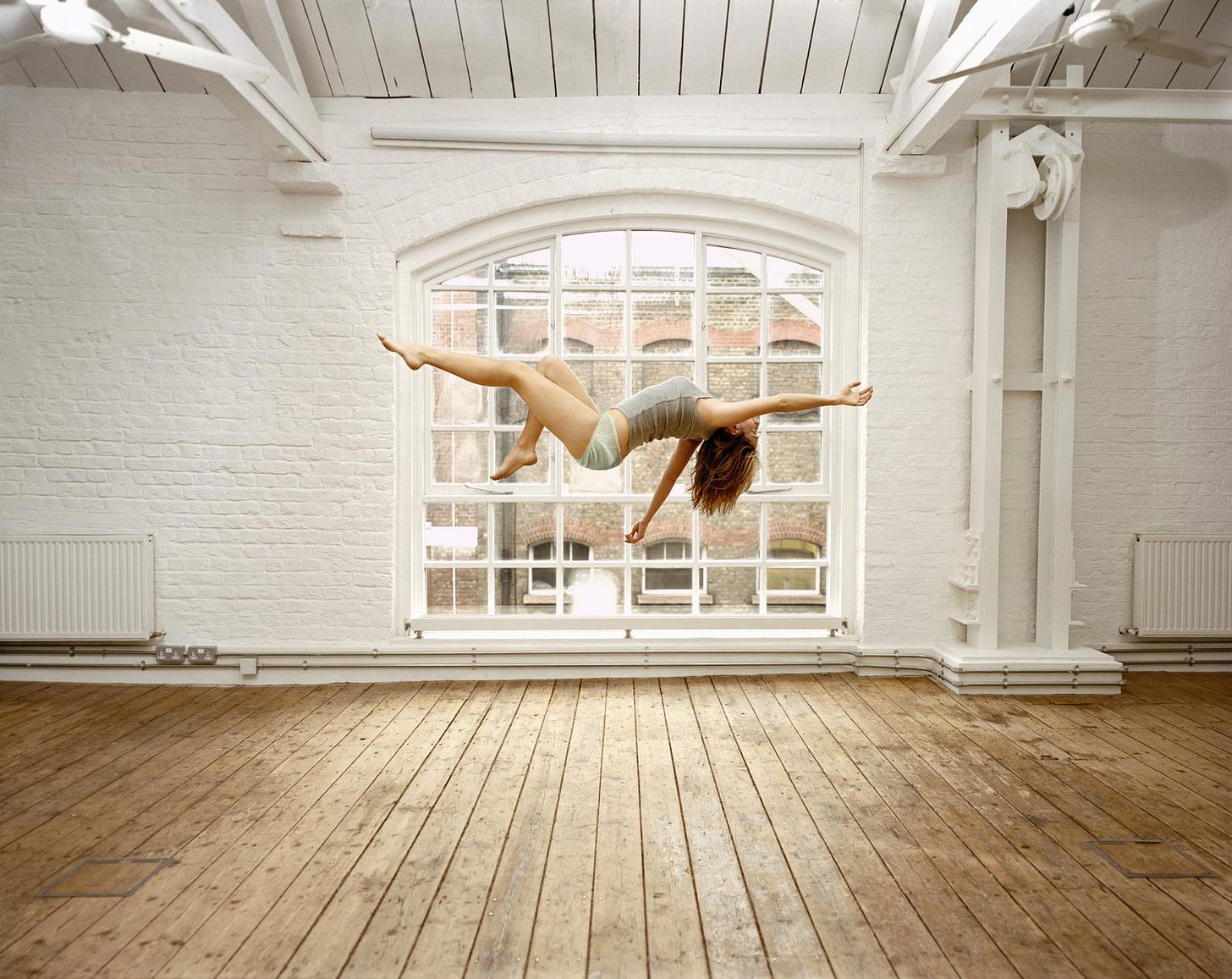
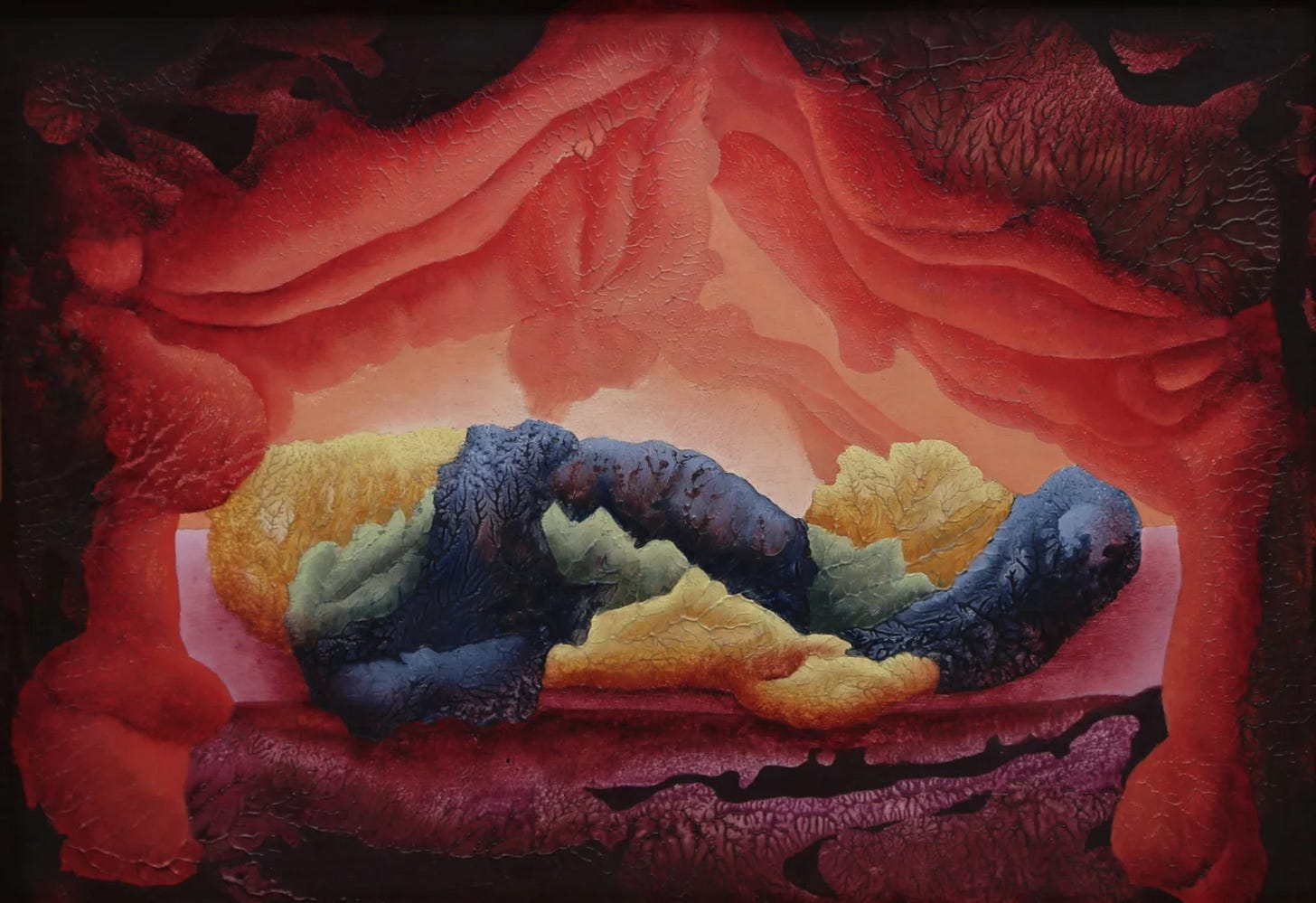
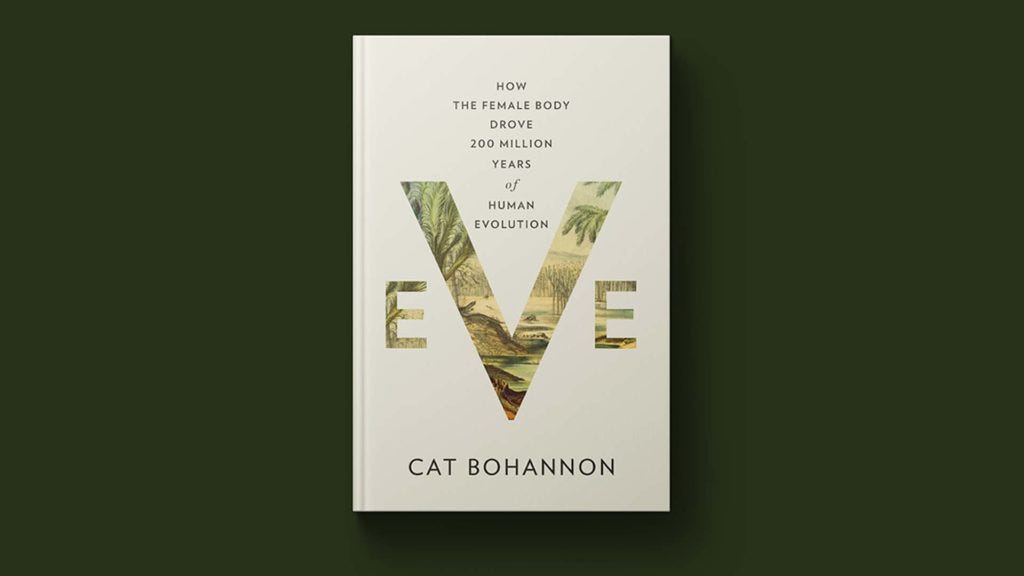

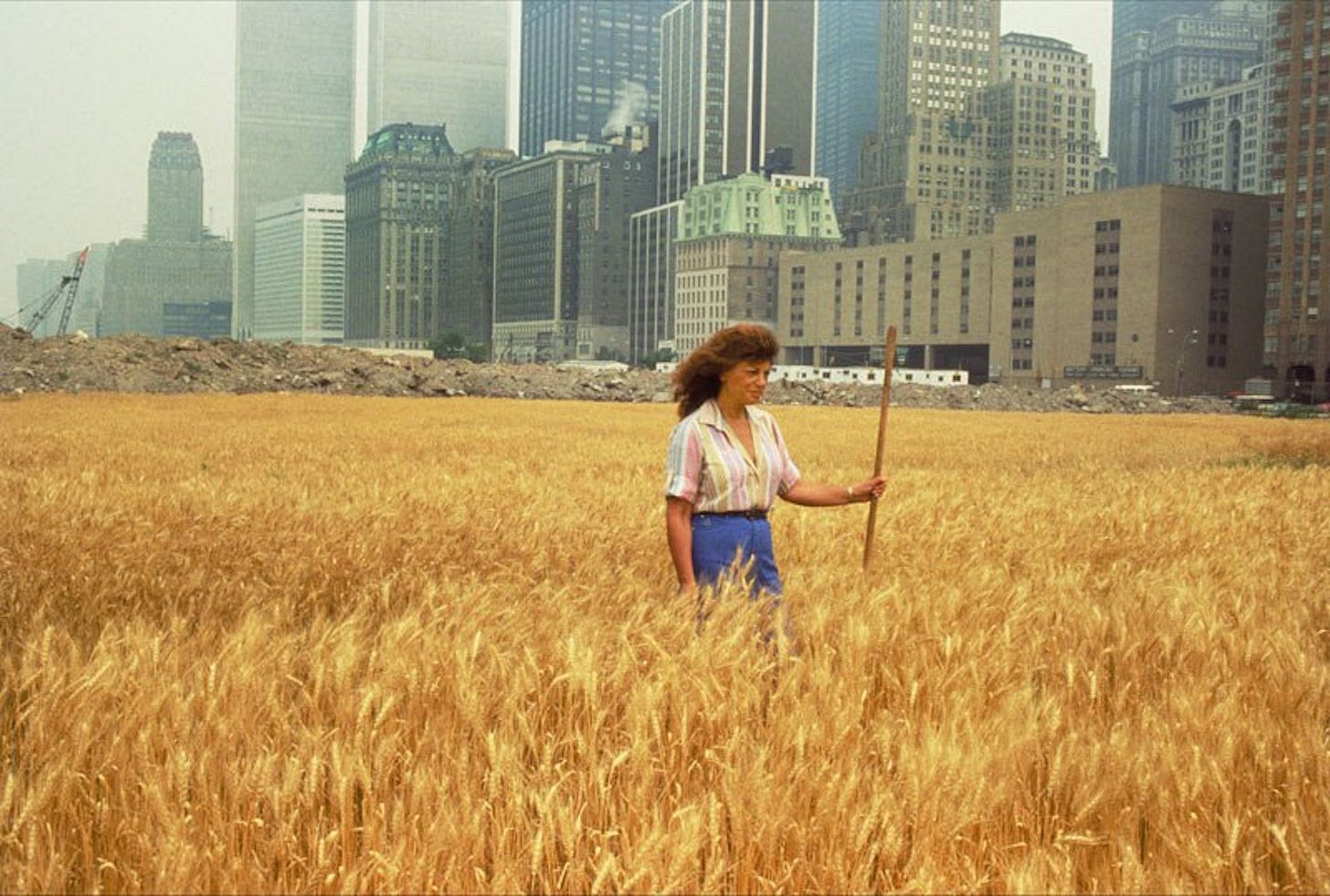
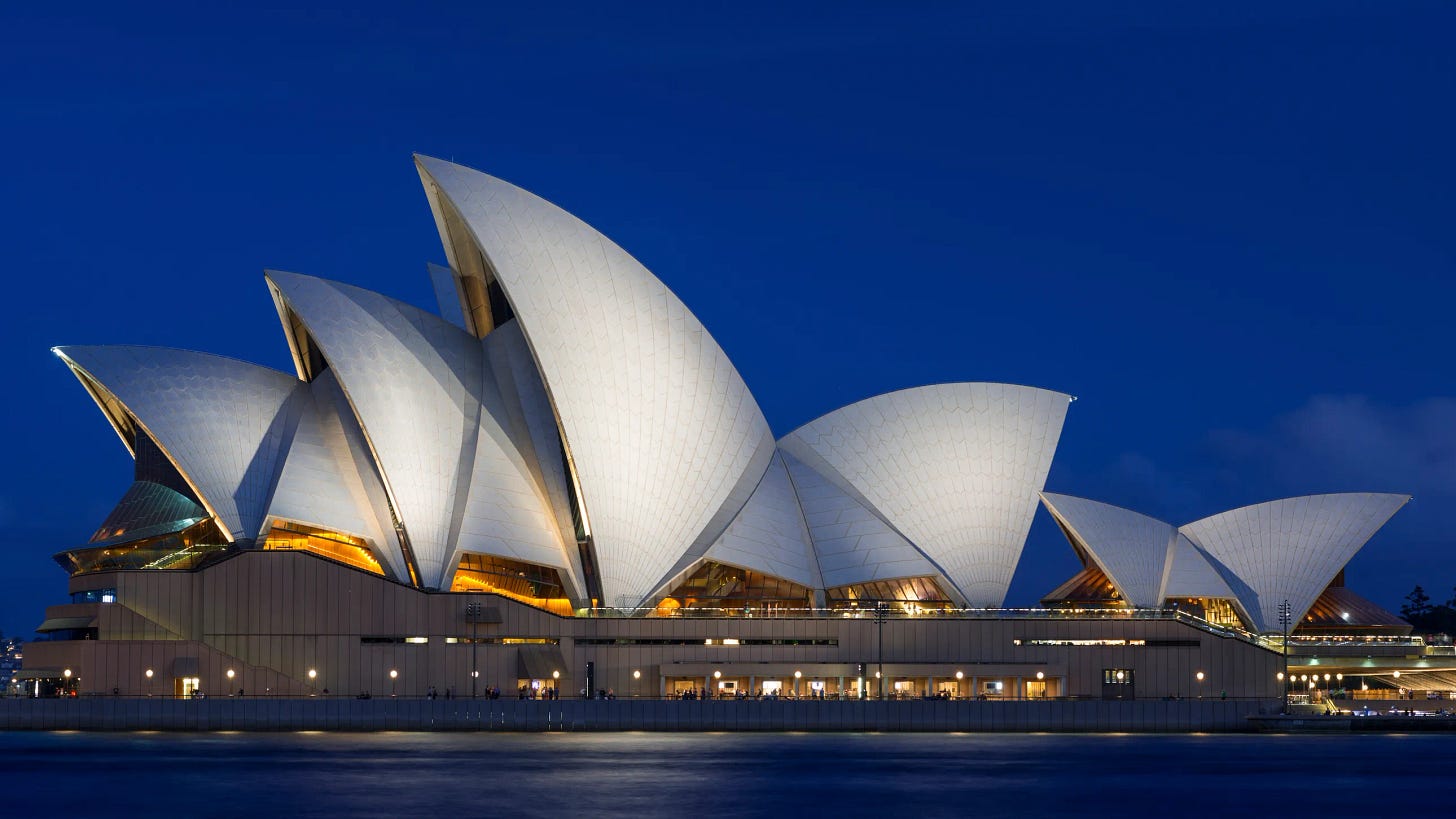





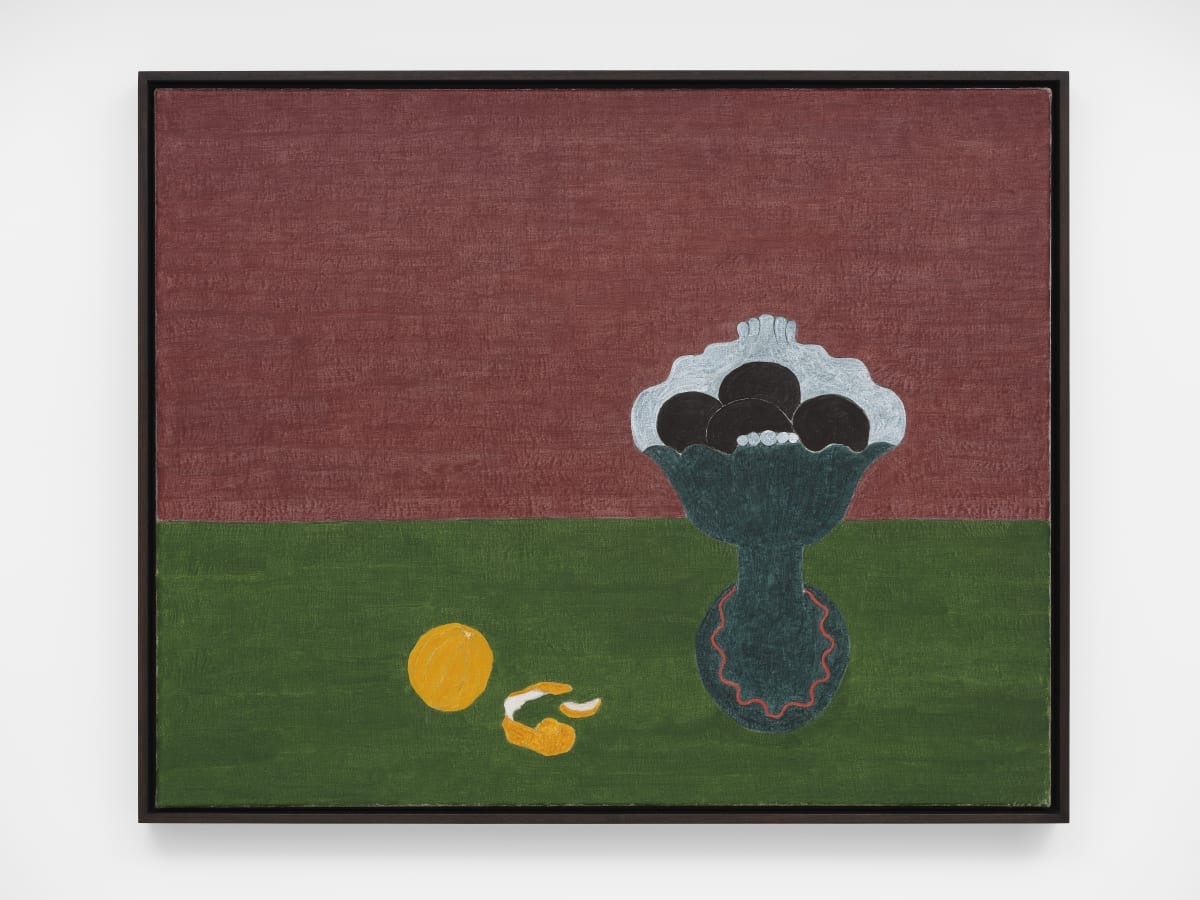

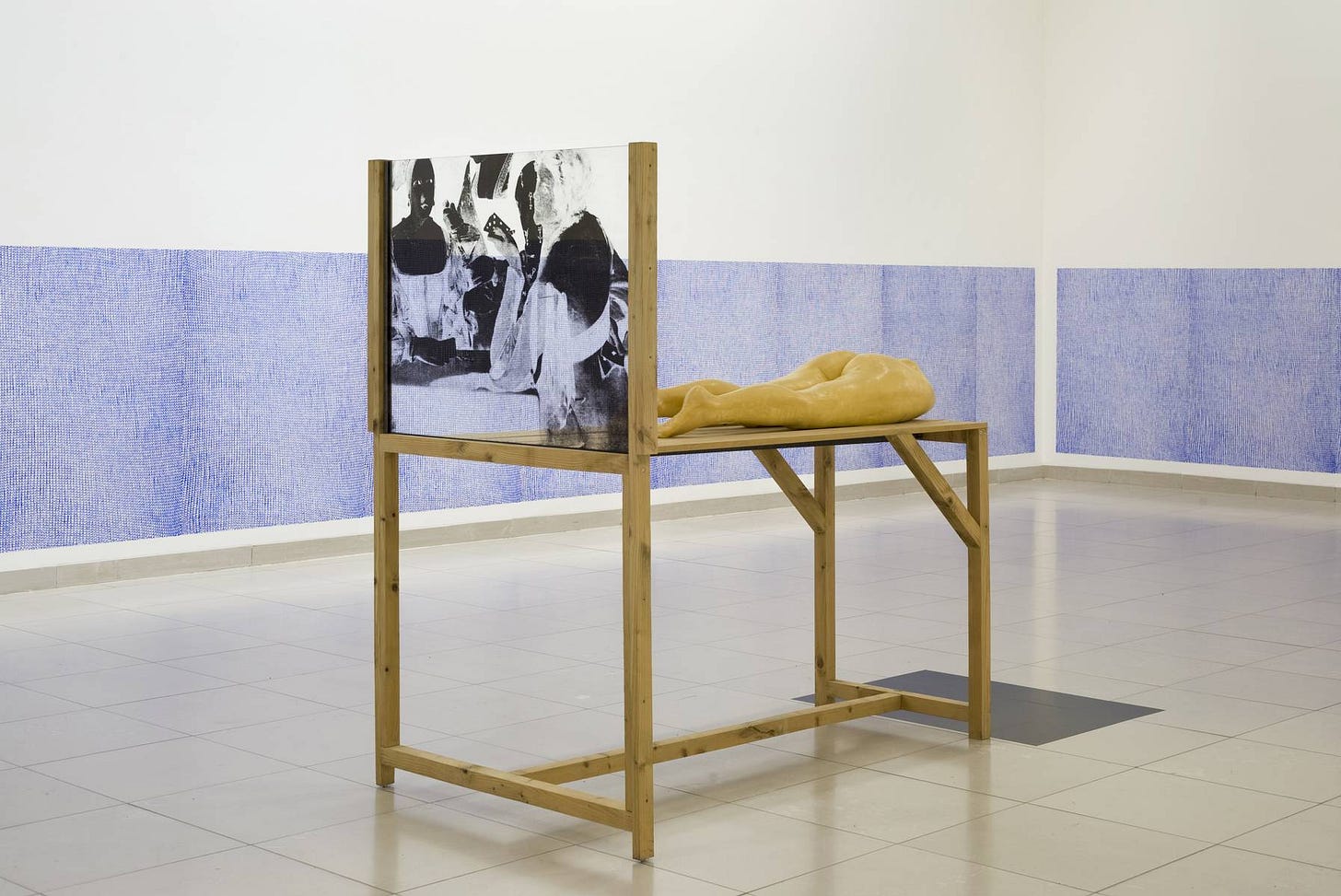

We can never get enough of Leonora Carrington & Chloe Aridjis’ story is so special :)
Thanks for all the recommendation! Very interesting and useful. :)